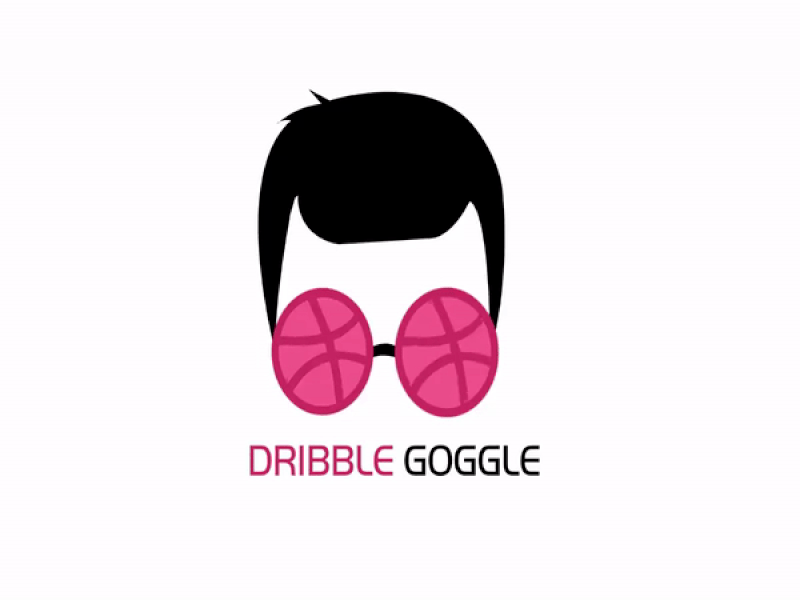DRIBBLE GOGGLE
The Inuit and Yupik people carved Inuit snow goggles from caribou antler, wood, and shell to help prevent snow blindness. The goggles were curved to fit the user's face and had a large groove cut in the back to allow for the nose. A long thin slit was cut through the goggles to allow in a small amount of light, diminishing subsequent ultraviolet rays. The goggles were held to the head by a cord made of caribou sinew.
In the early 20th century, goggles were worn by drivers of uncovered cars to prevent irritation of the eyes by dust or wind. Likewise in the first ten years after the invention of the airplane in 1903 goggles became a necessity as wind blow became more severe as aircraft speeds increased and as protection against bugstrikes at high altitudes. The first pilot to wear goggles was probably Charles Manly in his failed attempt to fly Samuel Langley's aerodrome in 1903.
